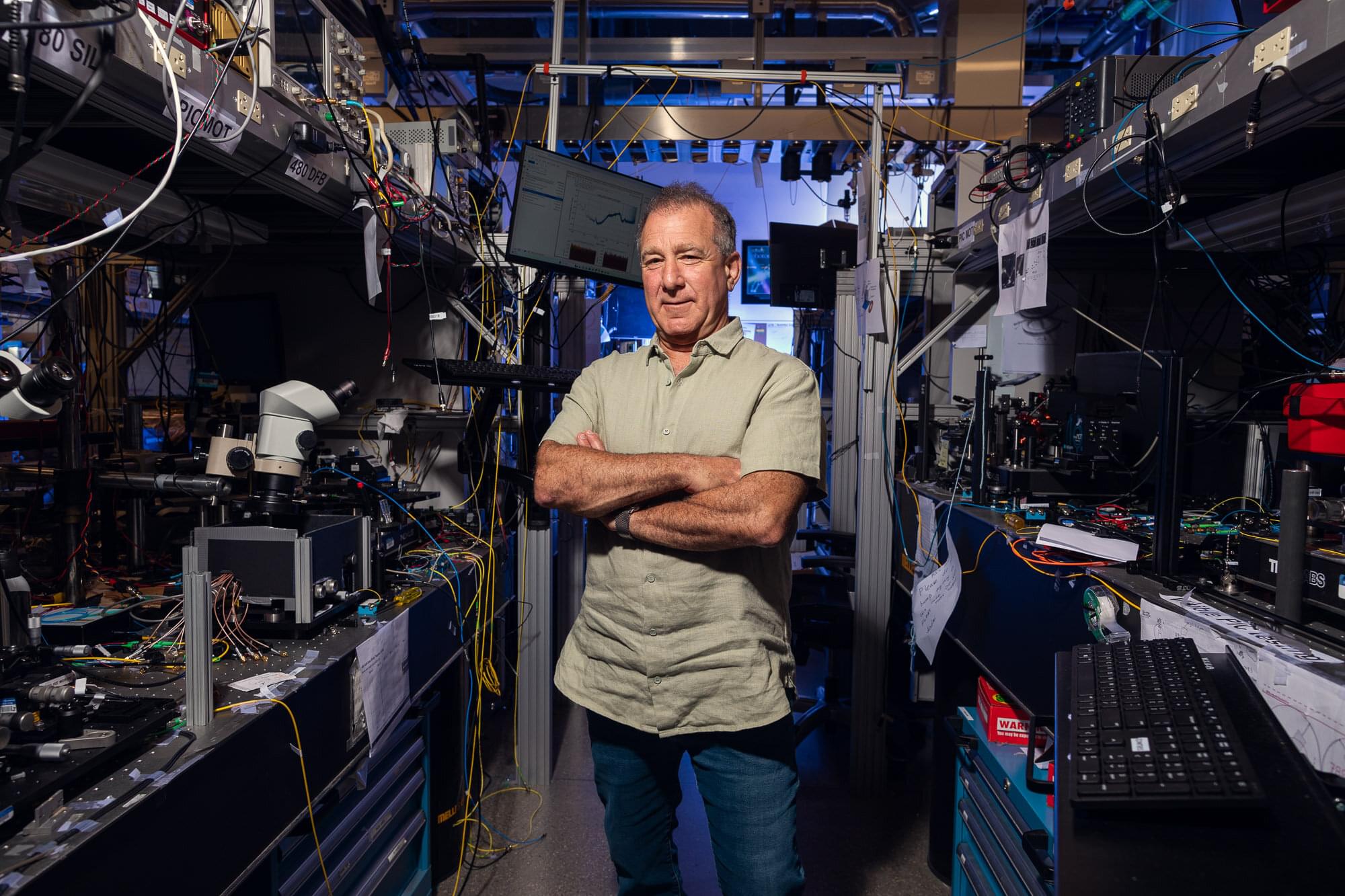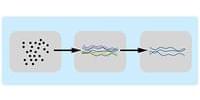UC Santa Barbara researchers are working to move cold atom quantum experiments and applications from the laboratory tabletop to chip-based systems, opening new possibilities for sensing, precision timekeeping, quantum computing and fundamental science measurements.
“We’re at the tipping point,” said electrical and computer engineering professor Daniel Blumenthal.
In an invited article that was also selected for the cover of Optica Quantum, Blumenthal, along with graduate student researcher Andrei Isichenko and postdoctoral researcher Nitesh Chauhan, lays out the latest developments and future directions for trapping and cooling the atoms that are fundamental to these experiments—and that will bring them to devices that fit in the palm of your hand.







